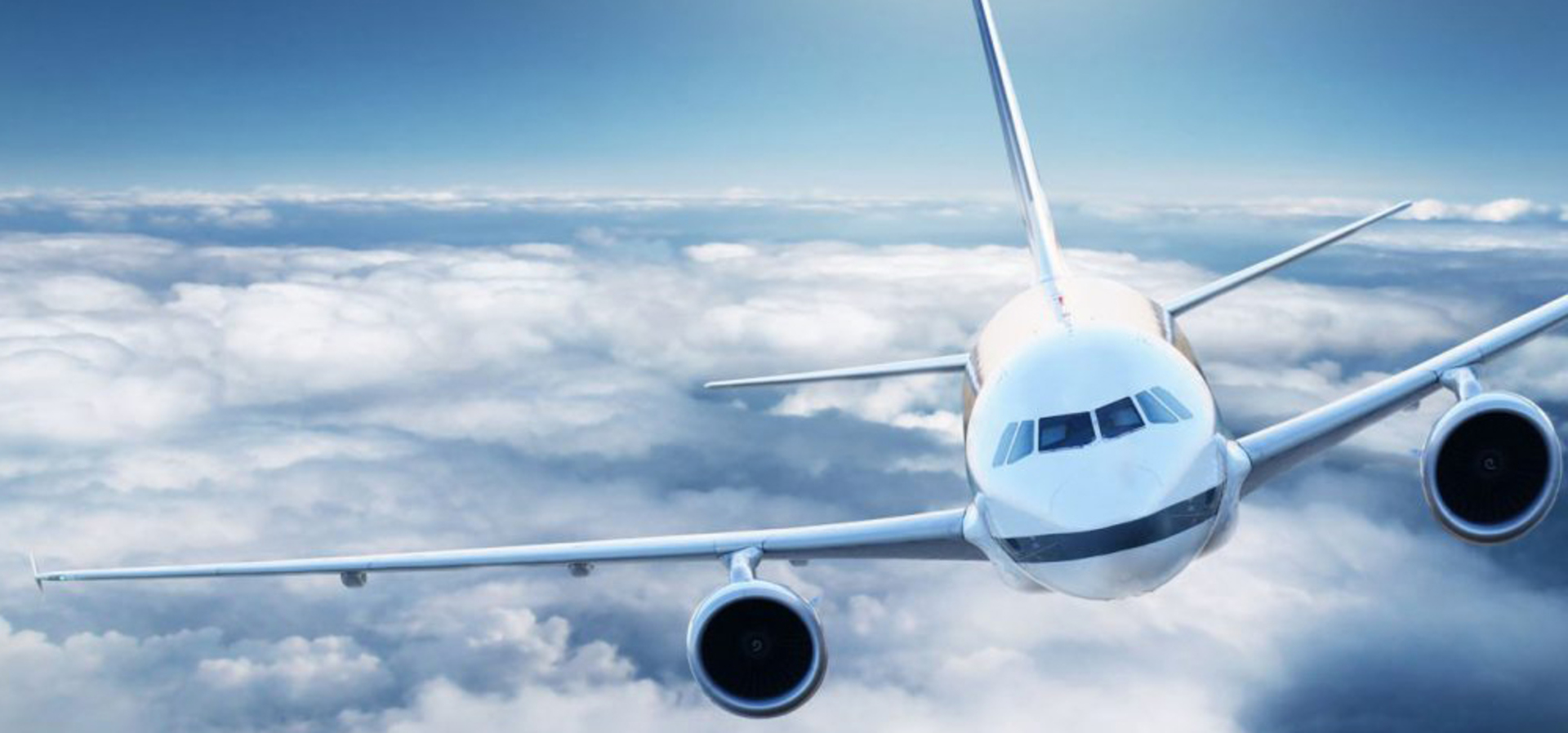Market Cyclicality - The Zephyrus Viewpoint
At Zephyrus, we are constantly analyzing opportunities and risks. How can Zephyrus best position itself to be the industry’s fleet management solutions provider of choice? What risks exist today and which risks may be lurking over the horizon?
Market cyclicality is the topic du jour on the lips of aviation industry professionals and investors alike. But what does cyclicality, and more importantly where we are in the cycle today, really mean for the sector as a whole and for Zephyrus as a business? Is it bad, good or neutral? Here we unpack the elements of market cyclicality to better understand the fundamental impact it may have on various market participants today and in the future.
Cyclicality at its core relates to the peaks and troughs of supply and demand, in this case the supply and demand of commercial aircraft. On one hand, demand of aircraft is driven by airline demand, which is ultimately supported by passenger traffic. On the other hand, supply of aircraft is based on the ever changing global fleet, which follows the equation of installed base aircraft less retired aircraft plus new deliveries. Industry skeptics opine that we are on the cusp of a market downturn where aircraft supply exceeds demand, citing the combination of airline failures (crack in demand) and record high OEM production rates and backlog (excess supply). Under these set of variables, proponents argue that microeconomic theory will kick in and aircraft asset values in the market will decline. If you subscribe to this high level view, you can certainly convince yourself that there is trouble ahead for all aircraft owners, investors, and the market as a whole. While we at Zephyrus acknowledge the observations referenced by these skeptics, there is a more nuanced perspective that can be considered here, and a conclusion that is contrarian by nature but is at the heart of the Zephyrus strategy … a market downturn is bad for new aircraft values but actually supports older aircraft values.
First, a word on the demand side of the house. Airlines exist to support global passenger traffic, which has historically been positively correlated with GDP. The consensus view is that global passenger demand will continue to increase. Save for an extreme exogenous event such as war, widespread travel embargoes, or global airborne health scares (e.g. SARS), more people will be traveling by air in the months and years ahead. Airline failures in the context of today’s environment are not based on the lack of passenger demand, but are more a function of airline specific factors such as inefficient operations, uncompetitive cost positions to support market fares (passenger yield), inflexible capital structures, and/or laggard management. Many of these failing airlines didn’t have a reason to exist in the first place and their routes and passenger traffic will ultimately trickle down to the next strongest airline in that market. Airline defaults and bankruptcies in of itself is not a negative indicator of passenger demand health. In fact, airline rationalization produces market efficiencies, valuable routes will continue to be flown, and the need for aircraft will simply track that of global passenger demand. With the global fleet at a greater than 80% load factor (capacity utilization), there is not a lot of excess capacity in the market that can be eliminated, and we have observed that available aircraft coming from airline failures have quickly been absorbed by the market. Hence, whether it is airline A or airline B flying a certain high traffic route, the demand for aircraft to fly that route will remain intact.
The supply side of the house is where things get interesting. Airlines are making the continuous fleet management decisions on when to retire older aircraft and when to acquire new aircraft. All airlines would love to have a shiny new fleet, but there are real economic decisions that underpin how an airline balances fleet youth and airline profitability. Here is where the distinction of new versus older (current production) aircraft economics becomes crucial. New aircraft – whether it is new technology or legacy current production models – are more expensive to acquire or lease than older current production aircraft but generally have similar revenue potential as their older aircraft counterpart (subject to seat configuration per aircraft). In an environment of rising interest rates, the cost spread of ownership/leasing widens which favors older aircraft versus new. The new technology aircraft hold the appeal of better fuel efficiency, which accounts for a reasonable portion of an aircraft’s operating cost. However, the cost-benefit equation for these new technology aircraft hold up at $100+ per barrel fuel prices. At today’s fuel price of $50-60 per barrel, the all-in cost of operation inclusive of ownership or leasing cost definitely favors older aircraft. So, as we have seen with established carriers who are looking to maximize profits and protect healthy balance sheets, airline fleet management groups are deferring new orders in favor of maintaining older current production aircraft in their fleets. If you are an owner/lessor of new aircraft, this is a problem as the front end of the market builds up and puts pressure on asset values (back to the supply and demand dynamic). If you are an owner/lessor of older current production aircraft, however, this trend actually supports your business model. The residual values of older aircraft are based on the spare parts market … what are the parts on an old aircraft (engines, APU, airframe, etc) worth when that aircraft comes out of service? If older aircraft stay in fleet longer, there will be stable demand for spare parts for both recurring and unexpected maintenance events. And, older aircraft being retired later in their lives means that the supply of spare parts is decreasing. Increased demand, decreased supply.
The appropriate question to ask is what is the knock on effect from depressed new aircraft values onto older current production aircraft over time? No doubt that there is a theoretical inflection point whereby the cost-benefit equation for new aircraft (namely by significantly reducing ownership/lease costs) become more competitive compared to older aircraft. However, our analysis would suggest that lease rates and purchase prices on new aircraft would have to drop by more than 25% in today’s market in order to make the decision to go old versus new harder. And at these levels, the entire new aircraft sector of the market would be locking in a money losing proposition. Rising interest rates do not help. This is an area to watch, but our gut tells us that there will be a softer reversion of the new aircraft sector with the OEMs scaling back production – remember that the infamous backlog is for orders that are slated for delivery many years out, so lots of time to slowly bring in actual production – and new aircraft lessors reducing fleets or exiting the marketplace in an orderly fashion – the more experienced lessors will manage through the downturn by accepting lower lease rates for a shorter lease period, the less experienced lessors will sell out existing assets to more patient and experienced market players plus likely cancel orders. The end result will be that the new aircraft part of the market will rationalize by itself versus try to win a losing battle against the older aircraft part of the market and its embedded economic value proposition.
With the above perspective in mind, Zephyrus is focused on the older end of the market – in-production, primarily narrow body commercial aircraft – which we believe is the most market downturn resilient and positively leveraged to key countercyclical demand factors. Our team has had decades of success navigating through market cycles and maximizing the realized value of older aircraft over time. For those who look at market cyclicality in the aviation industry in the abstract and conclude that all market participants are at risk in today’s environment, consider the important distinction of aircraft asset types – new versus old – before discounting the ability to play the market to an advantage.


